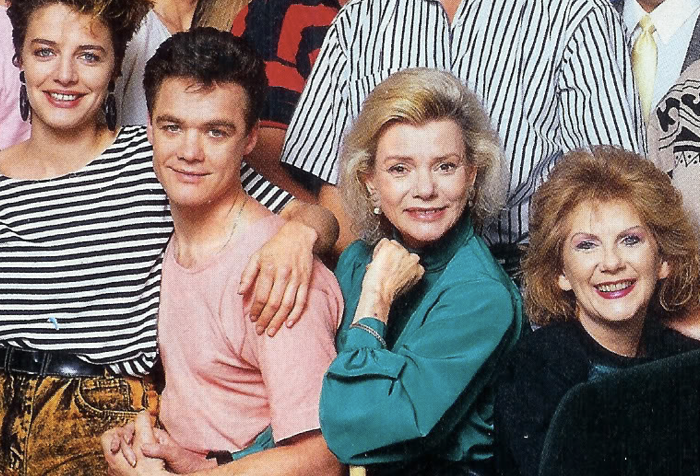The death and resurrection of the user persona, proto-persona, and more

A conversation last week got me thinking again about personas. Then I shared this:
“we have personas” is normally the start of a difficult conversation that involves the question “have you spoken to any real users?”
The thing that always prompts these conversations? You learn most from the process of creating personas as long as you’re talking to real users.
If you haven’t been out of the building, or you’re not planning to start any user research, then I think that they won’t help you design or deliver a better product.
Killing your personas
I tell people to kill their personas because of my own experience of researching and designing them.
As a User Experience designer working for an agency we would spend a good deal of time producing and presenting personas to clients. Despite our best efforts, and to my frustration, these artefacts never really helped us deliver better products – certainly not in a directly measurable way.
I once created personas for a large regional theatre. We ran a series of contextual interviews with different user groups. We analysed the research and developed 5 user personas based on the insights, user needs, and key behaviours. We presented them to the head of marketing the next week who decided they were wrong.
The personas we developed simply didn’t match the organisations own assumptions about their customers.
The company paid for the work but they still wanted us to deliver the original requirements for their website refresh.
I could give you at least 5 similar examples. Admittedly based on the limitation of how many digital agencies deliver User Experience, but you get the idea.
Fast forward a few years and I created user personas for FreeAgent – this was a proper product team with a strong user-focus.
To start with people bought into the process. Again, I ran research and we spoke to real users. We presented findings and made posters that went up on the wall with our other UX artefacts like user journey maps.
The problem. After the first few conversations we stopped referencing them. We forgot about them. They were nicely designed with good stock images, but they just became pictures on the wall.
I’ve seen other examples where we think companies get value from traditional personas because they’re well designed. Mailchimp’s persona posters are a good example of this. I really like them, as posters.
Fast forward again to a couple of years ago and I’ll always remember the first time I visited a large government delivery team in London. We’re still working with them today.
There were lots of personas or ‘user profiles’ stuck on the wall. They were well presented and, I believe, also well researched (I’ve since spoken to the researcher).
My first question was “who made these personas?” No one working with the team seemed to know – the best answer I got was that they probably belonged to the previous UX researcher.
Then followed the most important question – “How do you use these personas to make the product better?”
It turned out that they didn’t use them anymore. They had never used them in a meaningful way to make the product better.
The problem when personas just become posters? This creates a false sense that we’re thinking about users when we’re probably not.
We agreed that we should take them down, and they did get taken down the next month. They lived a long but ineffective life.
Proto-personas
I’m now much more in favour of what we call proto-personas. I’m more likely to use this method with agile teams.
Jeff Gothelf describes proto-personas in his book Lean UX.
“[Use] proto-personas or best guess as to who who is using a feature/or product – sketch them on paper with the entire team contributing (capturing assumptions).”
Caroline also uses proto-personas.
Most importantly, proto-personas should be made with a clear intention to validate user needs by going out and talking to real users. They’re best used as part of a plan to start user research.
Less artefacts, better products
I’ve found that in fast delivery focused environments highly detailed personas can slow us down. What we really need is more opportunities to talk to and test ideas with real users.
I’ve found that if your goal is to communicate who your users are to stakeholders it’s much more powerful to tell real stories. Use video and photographs.
Personas get used to compensate for not getting out of the building. You can take people out with you to meet real users instead.
Give your personas a good death
Making user research part of your design process will only be as effective as your ability to tell good user stories. We should always be looking for better ways to communicate what we’re learning.
Here’s the challenge. Be prepared to throw away personas and make sure that anything you spend time designing helps you deliver a better product.
If they have to go, then make sure you give them good deaths. Make it memorable. Reinvent them if you have to so they stay relevant.
Footnote – Why the Neighbours picture? This is what daytime soap writers do all the time. They’ve been reinventing stories for years to keep us all interested in the same 8 to 10 characters. They also know how to write someone out in style.
This is my blog where I’ve been writing for 20 years. You can follow all of my posts by subscribing to this RSS feed. You can also find me on Bluesky and LinkedIn.